 +86 0(20) 8488 0520
+86 0(20) 8488 0520
 +86 0(20) 8488 0520
+86 0(20) 8488 0520
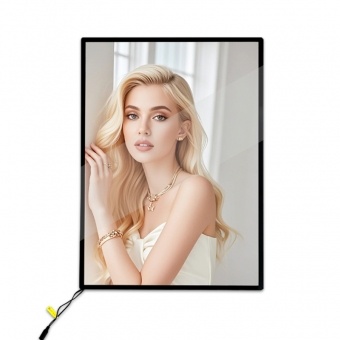
Edge-lit LED slim light box poster frame for advertising! Shine a little light on your promotion with the edge-lit led slim light box poster frame. Hang the poster frame easily on the wall and 'slide' the poster easily in an out when needed. Thanks to the LED acrylic panel your promotion will always catch the attention, even in the dark! Due to the LED acrylic panel your promotion will always catch the attention, even in the dark!
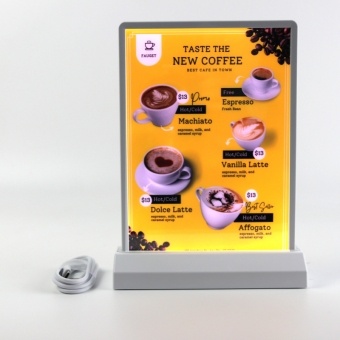
Citylux A5 Rechargeable Double-Sided Table Light Box: Features acrylic panel, tempered glass, and ABS frame. 8-hour runtime per charge, non-slip base design. Ideal for restaurant menus, cafes, and milk tea shops
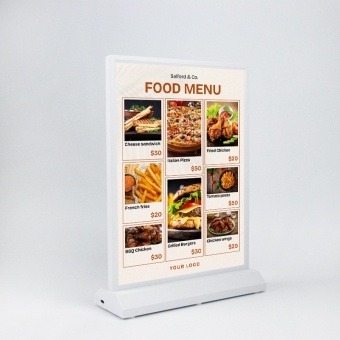
As a led light box manufacturer. Citylux have 13 years of expertise in ultra slim light box production, all products are CE and RoHS certified. This rechargable A4 double-sided light box: rechargeable 8-hour runtime, dual poster slots, and ABS frame with tempered glass panels for impact/scratch resistance. Portable design for menus, bars, cafes & cinemas. Direct manufacturer, customizable colors, 500-unit MOQ.

As a slim led light box factory supplier. Citylux Ultra Slim Light Boxs manufactured with acrylic light guide panel, high-quality aluminum alloy frame, SMD4014 led strips and 2mm tempered glass on top. Sidelit Design with Uniform Illumination: The prime choice for retail dispaly. It is very convenient to change the posters. And all our lightboxes are certified to CE, RoHS and UL standards.
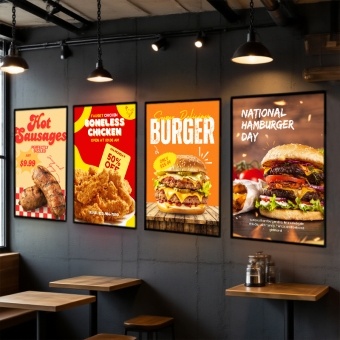
We are a leading manufacturer and supplier of ultra-thin led light boxes. OEM & wholesale available. Citylux has 13 years of experience in light box production. Our ultra thin light box is manufactured with acrylic guide panel, high-quality aluminum alloy frame, smd4014 led strips and 2mm tempered glass on top. Sidelit Design with Uniform Illumination: The Prime Choice for business promotion. It is very convenient to change the posters. And all our lightboxes are certified to CE, RoHS, UKCA and UL standards.
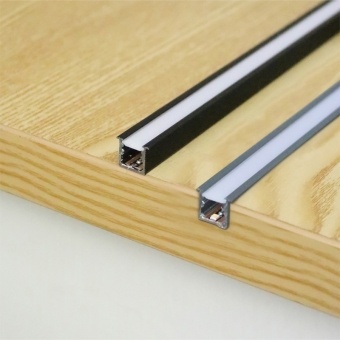
High-performance recessed LED strip light with aluminum liner profile, designed for cabinet and furniture lighting. Supports free cutting and soldering for flexible installation. Available in 12V/24V versions, it offers uniform brightness, efficient heat dissipation, and long lifespan. Ideal for OEM/ODM projects in furniture, retail, and architectural lighting.
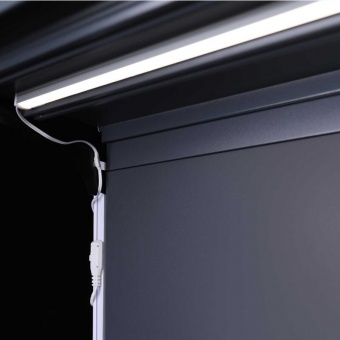
LED Shelf Lighting & Power Track Magnetic Shelf lighting The led cabinet shelf rigid lamp body is made of aviation aluminum, which is highly wear-resistant,corrosion-resistant,thick and anti-oxidationis using high quality PC material, soft and transparent, it is not easy to ignite when burned.Each light strip comes with 2 magnets as a gift,and three color temperatures are available. at the same time, it is high color rendering>90 restores true colors , ideal for demanding commercial environments. This kitchen light is uniform light, cost -effective. This power track sysdtem is including spotless light bar, power track, power supply and corresponding connect cable.
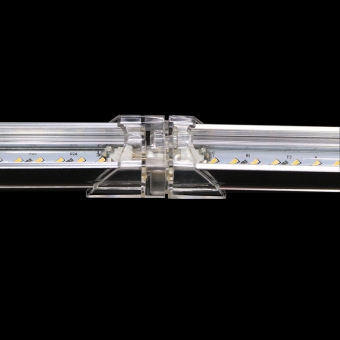
Bespoke LED Fresh Light has a voltage of 24V, a color temperature of 2700-6500K、Pink and a CRI90. Mainly used for display shelves, such as merchandise display, supermarket display, merchandise shelves, container areas, etc.
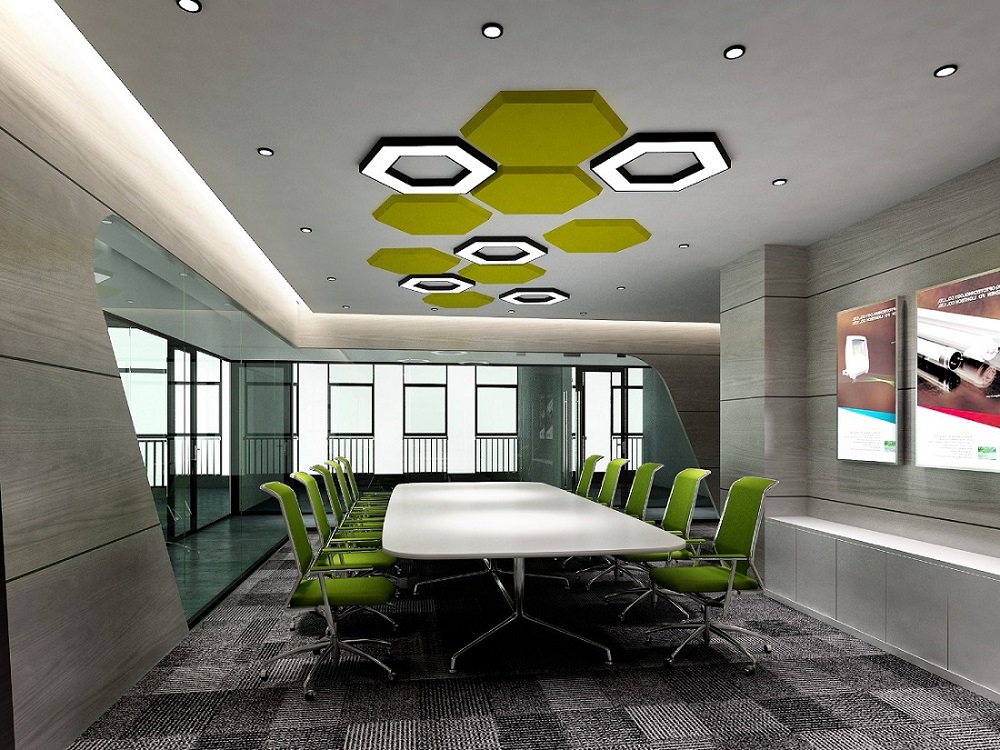
In the preparations for the 2018 City Light Annual Management Conference, the theme is “About the 2018 Annual Summary and 2019 Business Strategy Objectives”, let us wait and see!
read more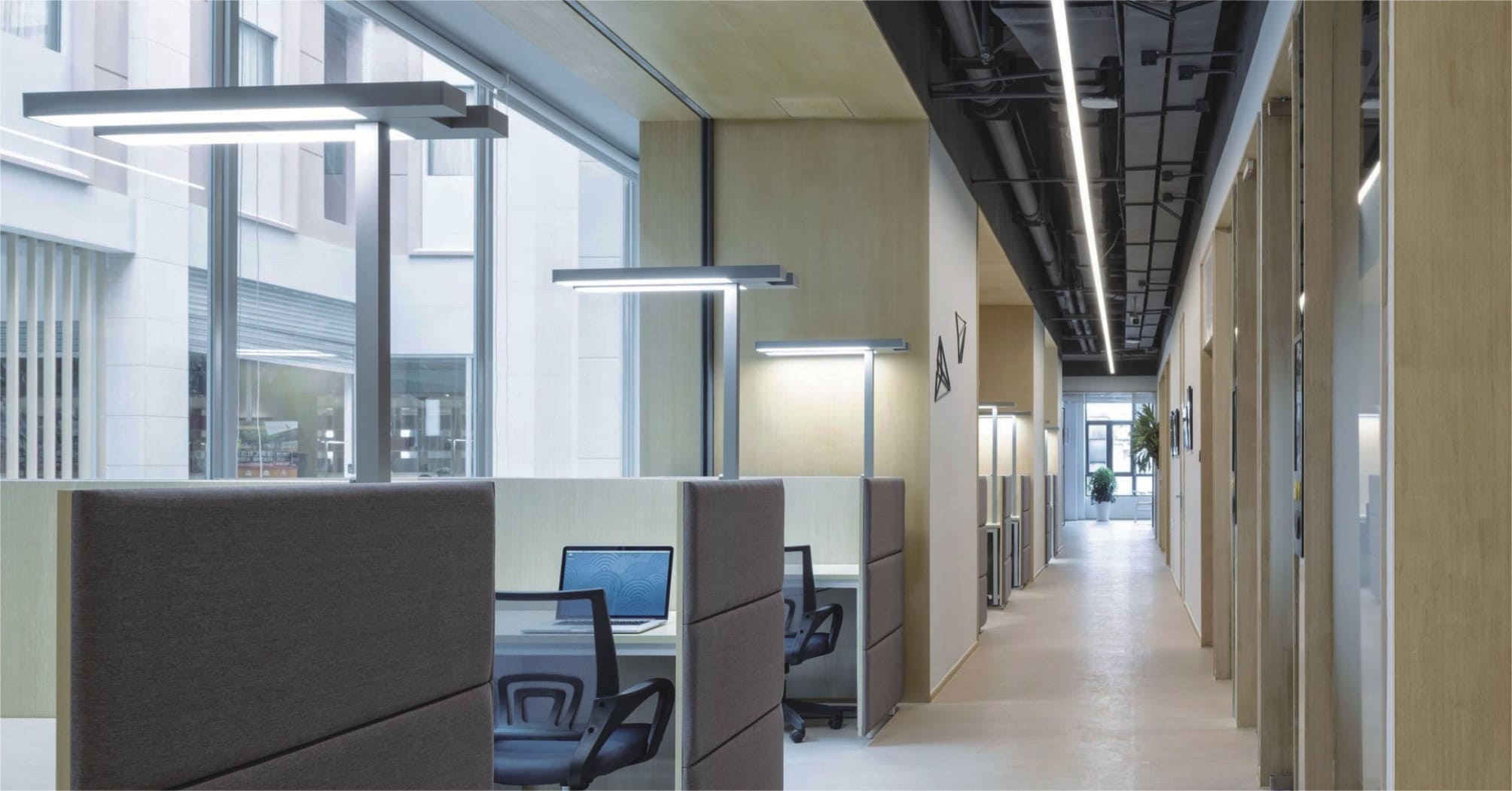
1. A basic overview of the industry LED lighting that is light-emitting diode lighting, is a semiconductor solid light-emitting devices, is the use of solid semiconductor chips as light-emitting materials, in the semiconductor through the carriers occurring composite release of excess energy and cause photon emission, directly emit red, yellow, blue, green light, on the basis of the use of the principle of the three primary colors, add phosphor, you can emit any color of light. LED lighting according to different luminous intensity, can be divided into ordinary brightness LED, high brightness LED, ultra-high brightness LED, which ordinary brightness LED is mainly used to do all kinds of instrumentation indicators, or small characters, digital displays, etc.; high brightness LED is used in the field of special lighting, such as full-color displays, automotive lamps, special work lighting, military field, etc.; ultra-high brightness LED is widely used in civil, industrial lighting and other types of general-purpose lighting. In civil, industrial lighting and other types of general lighting field.
read more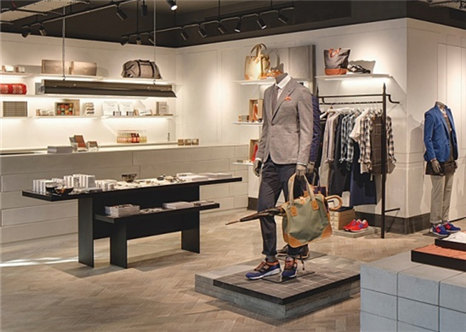
11 lighting tips every retailer should know -Source:luxreview.com 1. Layer the light A basic retail lighting design comprises two elements, ambient lighting and accent lighting. How you mix them is key to your store’s individual look, but always make sure the ambient is low enough to allow the accent to punch through to the merchandise. 2. Make the lighting match the brand The lighting design – and the fixtures – should match the brand’s values. As a general rule, customers associate ambient with low cost and accent with upmarket. Some stores – TKMaxx, Boots, Lidl – are ambient only, while some – Abercrombie & Fitch, Hollister, SuperDry – are accent only, to great effect. 3. Nail your colour temperature The colour temperature is key to a store’s look and feel. A cool colour temperature (4000K to 6000K) conveys spaciousness and appeals to a young demographic while warm colour temperatures (2700K to 3000K) convey familiarity and appeal to older, upmarket customers. 4. Light what you want customers to see Sounds obvious, but rarely applied in practice. Theatre lighting designers put the brightest light wherever they want the audience’s attention. This ‘hot spot’ trick works in retail, too. So highlight hero items, new merchandise and special offers. Lighting designers call this ‘the lighting hierarchy’. 5. Don’t take colour rendering at face value Don’t assume a high CRI number will ensure good colour rendering – it may not include strong reds, for instance. For good reds (bread, foodstuffs, fashion) find out the light’s R9 value, and make sure it’s over 80. Ninety is best. For good blues (suits, jeans, fish), check the R12. 6. Work your window A great window display will turn passersby into shoppers, so this is no place for caution and restraint. Bright, bold, high contrast lighting can make a hero of the merchandise. Better still, consider dynamic light that introduces movement and variations in light levels and colour. 7. Change your changing rooms The changing room is most important space in fashion as it’s where the buying decision is made. So why are yours lit with £5 downlights that makes people look awful? Instead, mount warm vertical linear lights with good colour rendering on either side of the mirror. 8. Integrate the lighting Research has shown that customers pick up twice as many items from shelving with integrated lighting, than those with none. These days, with LED tape, integrating is a cinch. Do use a good brand though – Osram’s came out best in our recent tests. 9. Read the warranty Manufacturers’ warranties are usually written to protect them just as much as you. Watch especially for restrictions on burning hours buried in the small print – most retail lighting will comfortably exceed 5,000 hours annually so a warranty with a 4,000-hour restriction is worthless. 10. Get a professional in If the budget permits, hire a professional lighting consultant, even it’s only for a basic lighting strategy. They’re worth the investm...
read more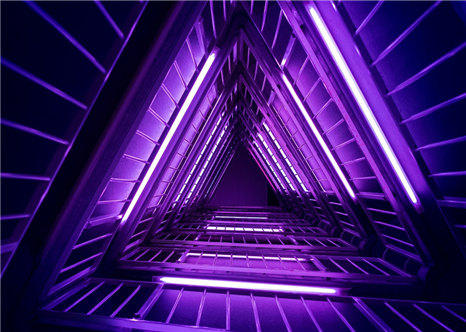
The 10 major trends in LED lighting technology, in addition to the Internet of Things and these .. Today, the lighting industry is rapidly developing, constantly innovation, who can grasp the development trend, who can grasp the initiative position. Next, let's look at the 10 trends in lighting technology. 1 Connectivity As LEDs become mainstream, the next frontier of lighting is control. You can call it intelligent or networked, but no matter how you call it, the core is the light that you can control. As we konw, dimmers and sensors have been around for years, but the challenge now is to make them more advanced, to communicate with other devices, and to make sure they are usable. Energy saving is just the beginning, networking lighting is also expected to make us more safer ... 2 Internet of things The term "internet of things" is no longer used to describe computers and smartphones connected to the Internet, but also includes refrigerators, coffee cups, heart monitors and LED lights. Lighting is an ideal network to create IoT services because it already exists on the ceiling of each building, looking down at us, just adding some sensors or cameras and some kind of data connection. 3 New power technology So far, LED lamps usually come with a "driver" that converts the power into a form that can be used by the light source. But now new power technologies are emerging that bring a host of benefits. Drives are often the first component of a lighting system to fail, so some companies have started innovating on the drives. 4 Modified lighting According to "Time Magazine" reported that 2013 is the LED lamp year. This seems like a long time ago. At that time, manufacturers began to wonder what would happen once the market for these fixtures was saturated. Then there are two ways: up or down. Either drive the high-end market by increasing the value of the product (internet connection, color change, etc.) or leave the market altogether. Osram, Philips and Samsung both tried the first option and then chose the second option: Osram is selling its general lighting business, Philips is selling its own big stake, and Samsung is completely pulling out the luminaire. 5 Wireless control Now that everything is wireless, lighting control is no exception. This is particularly attractive for retrofit projects. In addition to the RF system, there is technology such as Powerline Communications, which uses power cords to transfer data to your accessories. Even for a traditional wired control system, the user's control device will become more and more wired like a tablet or cell phone. 7 Healthier lighting Light will affect the efficiency of our work, life and so on. The rise of LEDs means that lighting manufacturers are turning this knowledge into practice, getting simpler and cheaper, and producing health-promoting products that mimic natural light, usually by adjusting brightness and color. 8 Brave to change "LED is not suitable for every application ... ...", this ...
read more online service
online service +86 0(20) 8488 0520
+86 0(20) 8488 0520 sales@cityluxled.com
sales@cityluxled.com +8613640601669
+8613640601669